Colin Miskelly is hoping to solve a mystery one day – to find where grey-backed storm petrels breed. They’re one of the smallest seabirds in the New Zealand region and there’s a very good chance they have a colony somewhere in the lower South Island.
According to Birds New Zealand, there is a long history of grey-backed storm petrels being attracted to lights in Fiordland and South Westland, including adults with bare brood-patches, and recently fledged young with down adhering. Those sightings have led to speculation that there may be a breeding colony somewhere inaccessible to predators in a remote area of Fiordland.
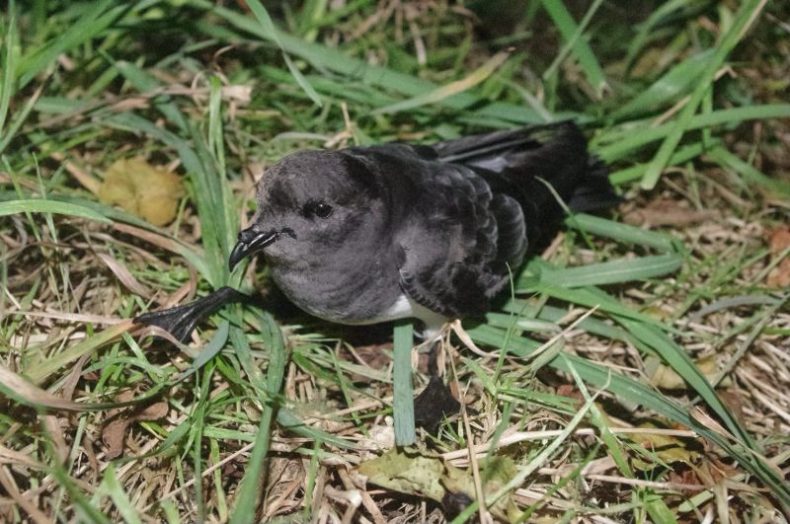
In 2016, Colin and two colleagues from the Museum of New Zealand Te Papa Tongarewa, along with Department of Conservation researchers, surveyed 56 islands in Dusky Sound in search of petrels. They found 49 breeding colonies of three petrel species (sooty shearwaters/tītī, mottled petrels/korure and broad-billed prions/pararā) on 44 of those 56 islands. But they didn’t find any breeding grey-backed storm petrels.
In 2017 and 2019, 26 islands in Breaksea Sound were surveyed with another 24 colonies found. Slowly knowledge is building on some of our seabird species, but grey-backed storm petrels remain elusive for now.
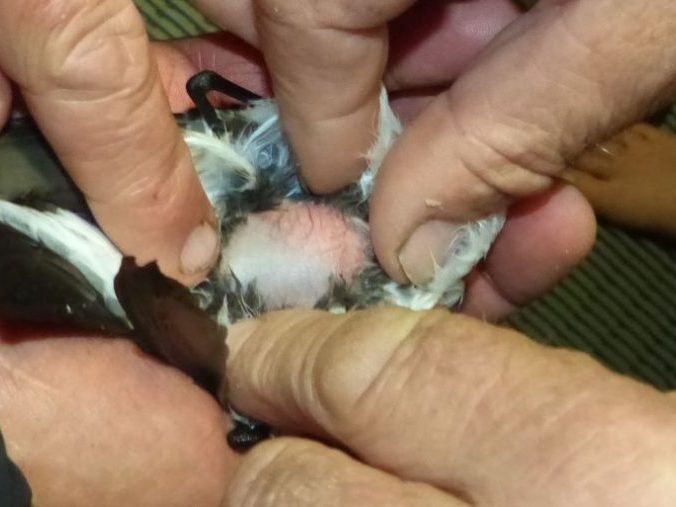
Aotearoa/New Zealand has the most seabird species in the world and we still have a lot to learn about their biology and lives. Seabirds have been the subject of much of Colin’s fieldwork for over 30 years, the first 20 of those years with the Department of Conservation and, for the last 11 years, in his current role as Curator of Vertebrates at the Museum of New Zealand Te Papa Tongarewa.
“We’ve got high seabird diversity and a high number of those species are endemic to New Zealand,” he says. “No-where else in the world has as many endemic seabird species as New Zealand.”
Before mammal predators were introduced, before humans arrived, those seabirds would have nested in colonies along our coastlines.
“Most seabirds nest on offshore islands now, but they would have been on the mainland originally,” Colin says. “For some species we’ve got good information on where they used to nest from bones found in caves, including bones of juveniles which shows they were breeding on the mainland.”
Nowadays only a few petrel species still dare to nest on the mainland and the situation for most of them is precarious.
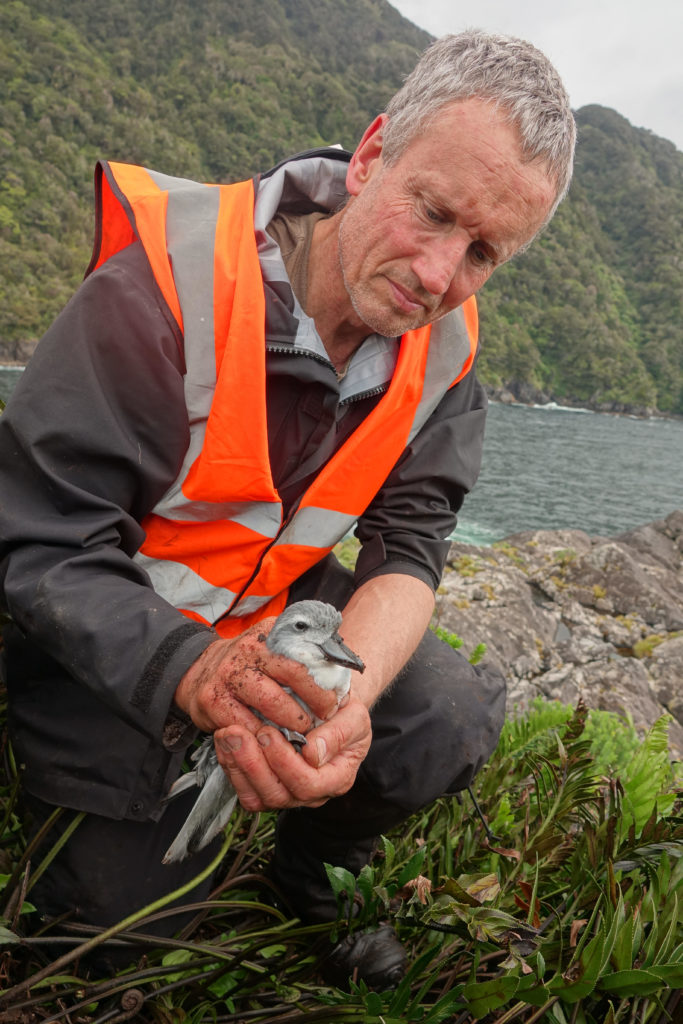
“Hutton’s shearwater and Westland petrel nest solely on the mainland. They have no plan B. A few other species mainly nest on islands, but with a few small mainland colonies – for example, grey-faced petrel, sooty shearwater, fluttering shearwater and fairy prion
“Hutton’s shearwaters nest in the Kaikoura mountains and we think their colonies only survive if they’re where pigs can’t get to them,” Colin explains. “But some colonies were destroyed by the Kaikoura earthquake and any future landslide events could give pigs access to the other colonies.”
Westland petrels or tāiko are the other seabird that only breeds on the mainland.
“The Westland petrels at Punakaiki are big, aggressive birds, the largest of the burrow-nesting petrels,” says Colin. “Stoats may be wary of going down their burrows in case they encounter adults, but the chicks are left alone for long periods.”
Nesting on islands gives some protection from predators for our other seabirds, but stoats are known to be good swimmers.
“You can assume if an island is within 100 metres of the mainland then stoats will be visiting annually,” Colin says. “They’ll hear the birds and they can swim at least 1 kilometre. There are few islands in Fiordland that are not in range.”
There are some islands that stoats may only swim to occasionally, using ‘stepping stone islands’ to get there, but other islands are an easy target for a stoat to swim to, even in a strong current.
“Resolution Island, for example, is only 800 metres from the mainland and it has a lot of shoreline for a departing stoat to aim for,” Colin says.
Colin has been involved in Fiordland seabird surveys, looking at the patterns of distribution of seabirds, but working out what has been happening on the islands is difficult.
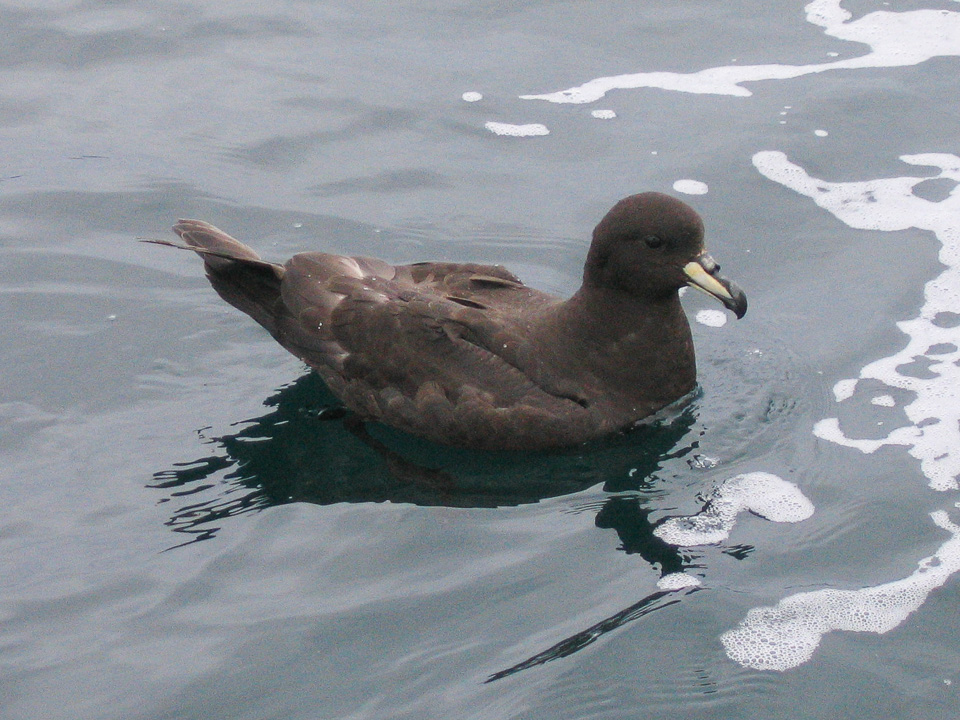
“We don’t have good information on predators over time,” he explains. “We don’t know when stoats were on a particular island. It’s thought that stoats can only persist on islands that are over 100 hectares in size, so on the smaller islands they may have been there at various times, then died out or swum off.”
So researchers have to find other ways to interpret whether stoats have been on an island. Local extinctions may be one clue, but there can be subtler changers too, perhaps changes in vegetation that indicate seabirds once nested there, but no-longer do so.
While visiting stoats and Norway rats (also good swimmers) can be devastating for burrow-nesting petrels, seabirds do have a few survival advantages that more land-based bird species lack. Even if a nesting colony is wiped out one year, birds that were not present that particular year may start returning a year or two later.
“Stoats love burrows – they go from burrow to burrow,” says Colin, “But once young birds fledge, they go to sea for 5 to 6 years before returning to breed and by then the stoats have left. It’s why many seabirds persist – why they haven’t gone extinct.”
Burrow-nesting petrels were probably dealing with the devastation of mammal predators long before stoats arrived in Fiordland however.
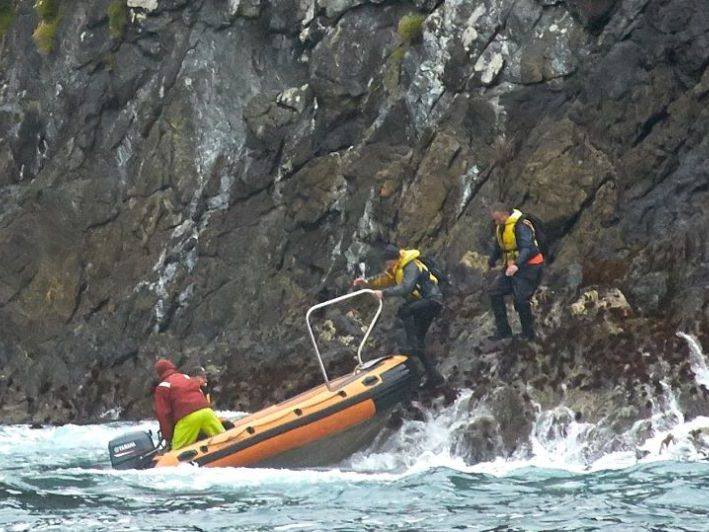
“Norway rats have more impact on seabirds than ship rats,” Colin explains. “They’re larger and terrestrial and they probably arrived 100 years before ship rats. By 1791 the first European house had been built on Anchor Island [in Dusky Sound]. Ship rats didn’t arrive until the 1880s.”
“Norway rats nest in burrows and that makes them susceptible to stoats. When stoats arrived they wiped out the Norway rats,” he says. “Richard Henry reported ‘rats in burrows’ on Resolution Island and Pigeon Island which were probably Norway rats. A hundred years later when DOC investigated, there were no rats left, but stoats were present.”
Ship rats often nest in branches, so they’re not as likely to be completely wiped out by stoats. They’re also less likely to swim to islands.
When it comes to protecting our remaining species, seabirds have some surprising benefits for conservation projects – and although they now only nest on offshore islands, they did once nest on the mainland. Fenced sanctuaries can now protect mainland breeding colonies if seabirds can be persuaded to nest there.
“Seabirds only need a small land area fenced – roughly two hectares,” says Colin, “so they’re actually more cost effective to protect than forest birds. There are about 10 or 12 fenced sites around New Zealand for seabirds that are too small to protect help land birds.”
Those seabird sanctuaries include the Kaikoura peninsula where Hutton’s shearwater juveniles have been translocated, a remnant sooty shearwater colony on Banks Peninsula and a sanctuary for Chatham Island taiko and Chatham petrels on private land on the main Chatham Island.
“Cape Sanctuary is a ‘leaky fence’ sanctuary, but seabirds are protected within a smaller fully-fenced exclosure,” says Colin, “and at Young Nicks Head decoys have been used successfully to attract gannets. There are several dozen gannets breeding there now.”
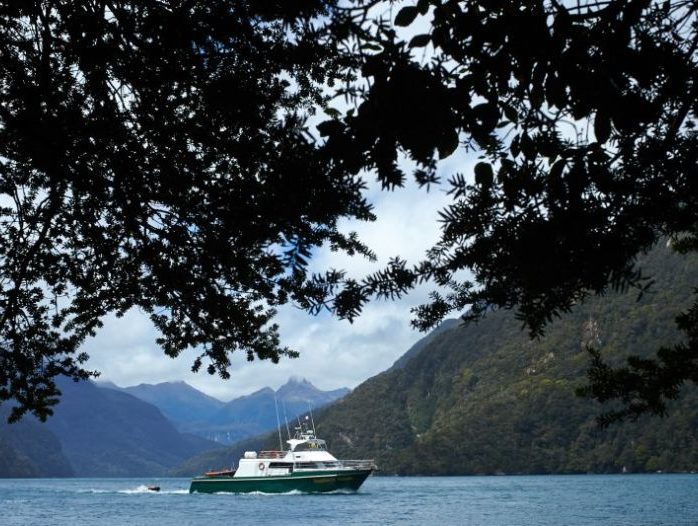
Some of New Zealand’s larger sanctuaries would also love to include seabirds in their restoration work, but sometimes that’s simply not possible anymore. The sanctuaries are located too close to our cities.
“Seabirds are highly attracted to artificial lights,” Colin explains, “That limits the suitable restoration sites. For example, Maungatautari and Zealandia would love seabirds but they’re both close to city lights.”
Because seabirds can’t be part of restoration projects near cities, some sanctuaries can never be completely restored to the ecosystems they were in the past.
“Petrels nesting at high density brought marine nutrients for the forests – phosphates and nitrates,” Colin explains, “And that’s part of the reason that seabirds are of interest to restoration projects. Black petrels and Cook’s petrels probably bred at Maungatautari in the past, so without them, we can never restore the full ecological system.”
Without the marine phosphates and nitrates supplied by seabirds, forest composition may change. Different plants may thrive in the absence or presence of seabirds and that possibility has led to a collaborative project to which Colin’s Fiordland petrel surveys are contributing. Can seabird presence/absence be detected by difference in vegetation as viewed in satellite images?
If the answer turns out to be ‘yes’, then satellite imagery might one day help in his quest to find the nesting place of the elusive grey-backed storm petrel. In the meantime, Colin is just back from his latest field trip, this time to Anchor Island, a mammal-free home of kakapo in Dusky Sound. The search goes on…

